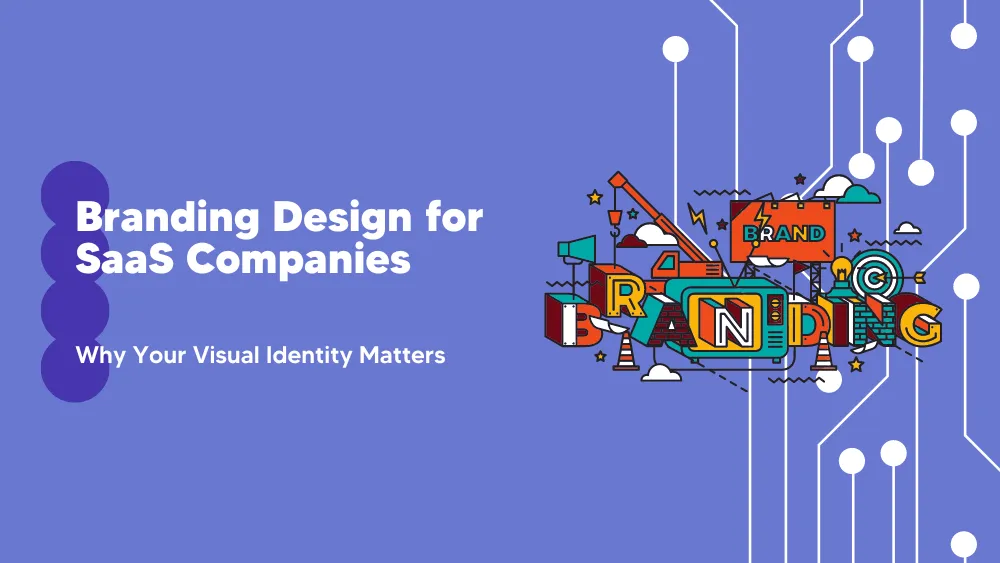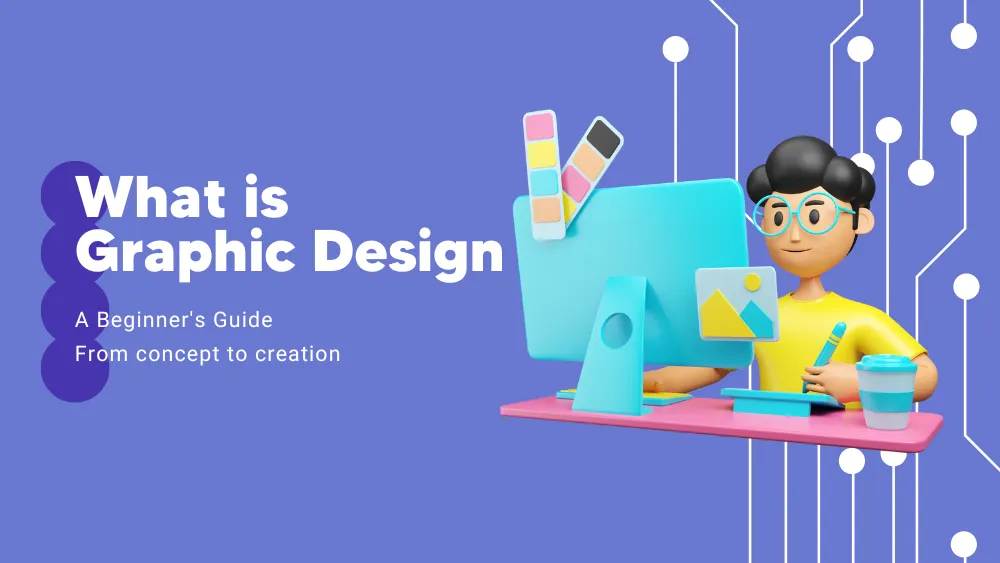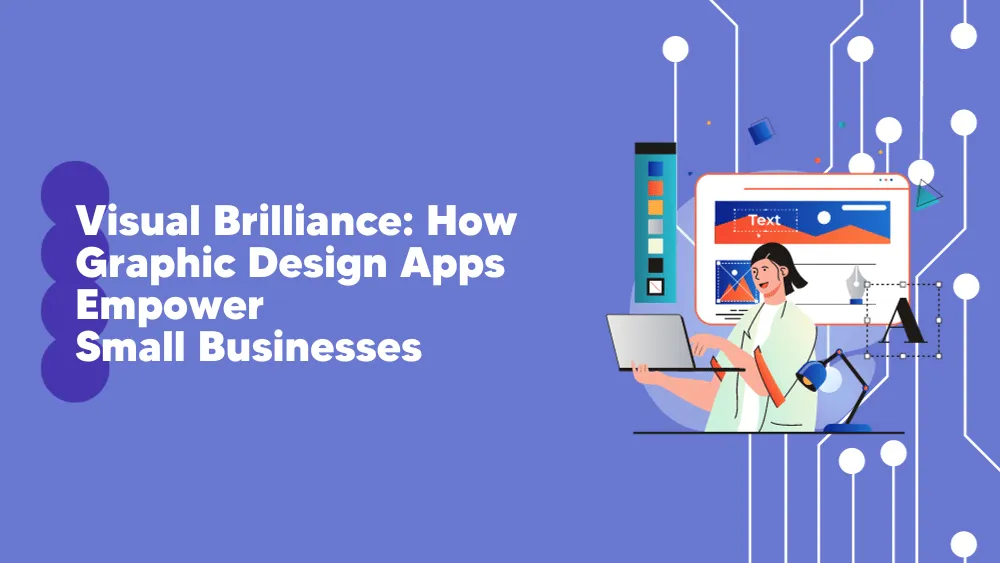Table of Contents
In the vibrant world of branding, color palettes are as important as the lines of code, and a nice-looking logo could be the difference between being remembered and forgotten. Regarding Software as a Service (SaaS) companies, your visual identity isn’t just a fancy suit your business wears—it’s a crucial part of your soon-to-be success story.
What is Branding Design?
Put in simple terms – branding is how your company communicates with the world – a combination of logos, typography, color schemes, and imagery that are not just about looking good (although that’s a nice perk). It’s about creating an identity that resonates with your target audience and sets you apart in a crowded marketplace.
Benefits of branding design for SaaS companies
Building Brand Recognition
Your visual branding design is your company’s visual handshake, a silent yet powerful communicator. The right design makes your brand easily recognizable in a sea of icons on a screen. Think about it: When you see a bitten apple or a bluebird, don’t certain tech companies come to mind? That’s brand recognition.
Establishing Trust
In the SaaS world, but not only, trust is everything. When customers see a consistent, professional branding design across all your platforms, it sends a message: “We’ve got our act together.” Trust us; nothing screams reliability like a well-designed and consistent brand image – it builds trust!
Differentiating from Competitors
Your branding design makes you unique in a good way. In the fiercely competitive SaaS industry, a strong visual identity helps to differentiate your brand from the other players. It’s your chance to say, “Hey, we’re not just another SaaS company. We’re the one you want to do business with.”
Creating a Memorable Brand Experience
Finally, effective branding design leads to a memorable brand experience. It’s the cherry on top of your user experience (UX) sundae. It ensures that every interaction a user has with your brand – be it on your website, in your app, or through your advertisements – leaves a positive, lasting impression.
Key elements of branding design
Logos
Your brand logo is like your business’s profile picture – the first design element people see. Look at Salesforce; they’ve got a cloud for a logo, straight up telling us they’re all about cloud-based services. Here’s a tip: when creating a logo, keep it simple but ensure it captures what your business does. It’s worth putting in the time and effort to get it right – the perfect one will stick in people’s minds.
Relevant Software:
- Adobe Illustrator: For intricate vector designs.
- Canva: User-friendly with a lot of pre-made templates.
- Gravit Designer: A powerful free alternative for very popular vector design.
- LogoMakr: Simple to use for basic designs.
- Looka/Midjourney: Use AI to generate logo ideas.
Color Schemes
Colors aren’t just pretty – they carry much weight in your brand image. For example, Microsoft uses blue to give off a trustworthy and reliable vibe, which seems to be working. So, when picking colors, think about what emotions you want to stir up in people who see your brand. And once you pick them, use them consistently.
Relevant Software:
- Coolors: Generates color palettes.
- Adobe Color CC: Create and share color themes.
- Paletton: Offers color scheme ideas based on color theory.
- Canva Color Palette Generator: Generates a color palette from an uploaded image.
- Colormind: AI-powered color palette generator.
Typography
The fonts you use say a lot about your brand. Take Google: their font is as simple and user-friendly as their search engine. So when deciding on fonts, choose ones that match your brand’s personality. Remember, it must be easy to read, especially on digital platforms. And try to stick to just one or two different ones for consistency.
Relevant Software:
- Google Fonts: Wide range of free fonts.
- Adobe Fonts: Comprehensive selection with Creative Cloud subscription.
- Font Squirrel: High-quality free fonts for commercial use.
- DaFont: Offers a wide range of fonts, great for special occasions.
- FontSpace: Free fonts shared by designers around the world.
Imagery
The pictures and animations you use should line up with the rest of your brand. Dropbox does this well with simple, friendly illustrations that make their tech service seem less intimidating. Choose imagery that matches your logo, colors, and fonts for your business. And always go for high-quality images – they make your brand look more professional.
Relevant Software:
- Adobe Photoshop: Comprehensive tool for photo editing and graphic design.
- Canva: Simple design software with a wide range of templates.
- Unsplash: Free high-quality stock photos.
- GIMP: A free and open-source alternative to Photoshop.
- Pixlr: Online photo editor with a range of tools.
Best Practices to design your brand identity
Conduct Market Research
Understanding your audience is the first step in the process. It’s crucial to be familiar with your industry, your competitors, and your target demographic. This will help you create a brand that truly resonates with your audience. Tools like SEMrush, SurveyMonkey, or Google Trends can be instrumental in this research phase.
Define Your Brand Values and Messaging
This is where you establish your brand’s core principles and how you communicate them. What does your brand stand for? What unique value does it offer? Your values and messaging should be distinctive and genuine.
Choose Appropriate Design Elements
As aforementioned – they all should reflect your brand’s personality and values. It’s not just about aesthetics; these elements collectively communicate your brand’s identity. Leverage design tools like Adobe Creative Suite, Canva, Coolors, and Google Fonts to bring your vision to life.
Maintain Consistency Across All Channels
Consistency is paramount in branding. Ensure your brand identity is uniform across all platforms, including your website, social media, and email communications. Any inconsistencies can lead to a fragmented image, which you wouldn’t want.
Case studies
Slack
Before Slack was even a twinkle in the tech world’s eye, workplace communication was a mixed bag of email chains, mysterious CC’s, and wayward instant messages. Enter Slack with its punchy, colorful hashtag logo that breathes fresh air. It wasn’t just a clever design choice – it was a statement that it was here to make work communication organized and efficient.
This visual identity, paired with a light-hearted and playful tone, made it appealing to the everyday user. Slack’s branding turned something banal as office communication into a delightful experience, leading to high adoption rates and stellar growth.
Zoom
In a market filled with complex and often confusing conferencing solutions, Zoom emerged with a branding strategy that reflected their product – simple and reliable. The straightforward blue logo, consistent color scheme, and clean typography signal an easy-to-use, professional tool.
The simplicity of its branding mirrored the user experience of the platform itself, contributing to its widespread adoption. When the world suddenly pivoted to remote work, Zoom was already top-of-mind as a dependable, easy-to-use solution, leading to its exponential growth.
Mailchimp
In the world of email marketing, standing out can be tough. However, Mailchimp has managed to do just that with its memorable monkey logo and slightly irreverent, approachable tone. This branding choice wasn’t just for kicks – it was a deliberate move to connect with small business owners who might be new to email marketing.
The friendly branding helped position Mailchimp as a user-friendly platform, breaking down the intimidation barrier often associated with marketing technology. This approachable identity has contributed to the strong customer base and its status as a go-to resource for small business marketing.
Conclusion
Your branding design might seem simple, but a lot is happening behind the scenes. Every element plays a crucial role in conveying your company’s story, values, and mission, from logos to color schemes, typography to imagery.
In the SaaS arena, branding design isn’t just an optional extra—it’s a must-have. It’s your silent ambassador, visual handshake, and opportunity to make a lasting impression. So, whether you’re just starting or looking to rebrand, take the time to get it right.







